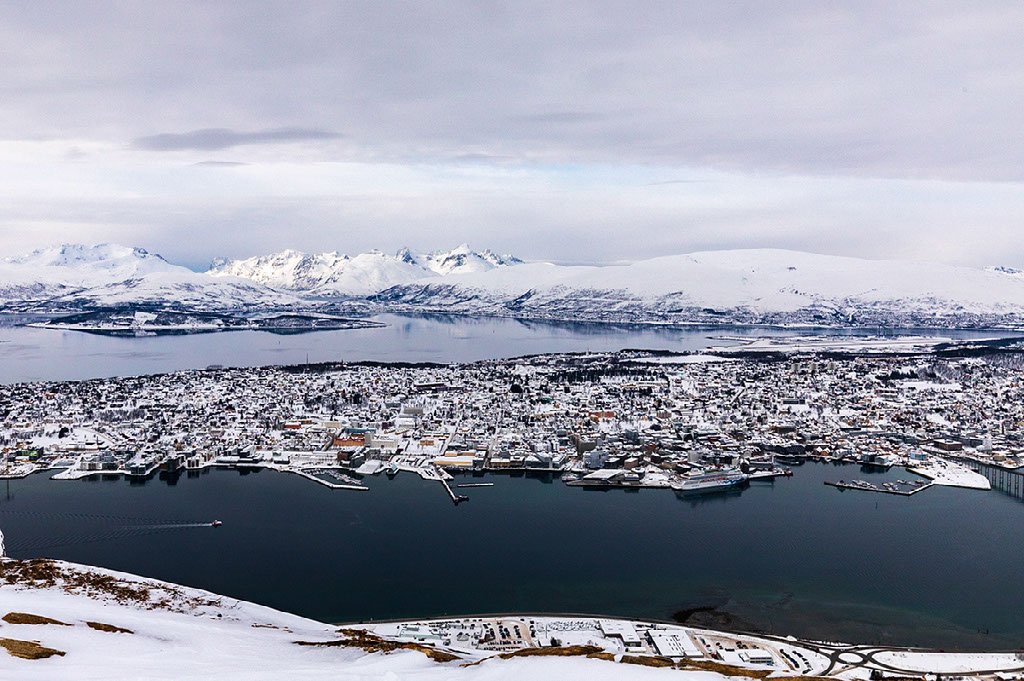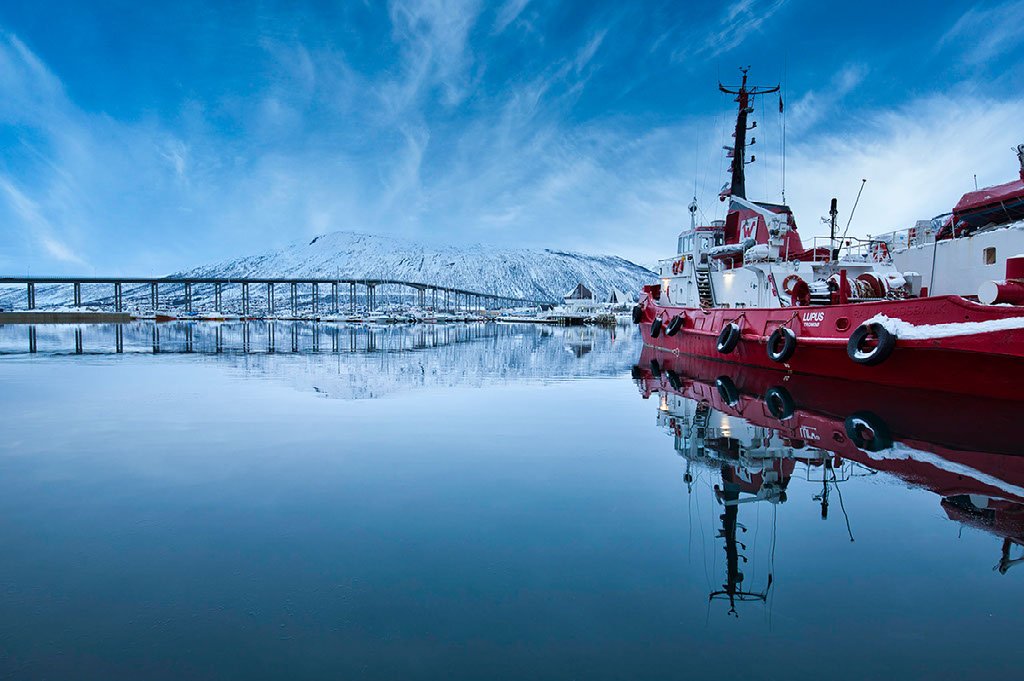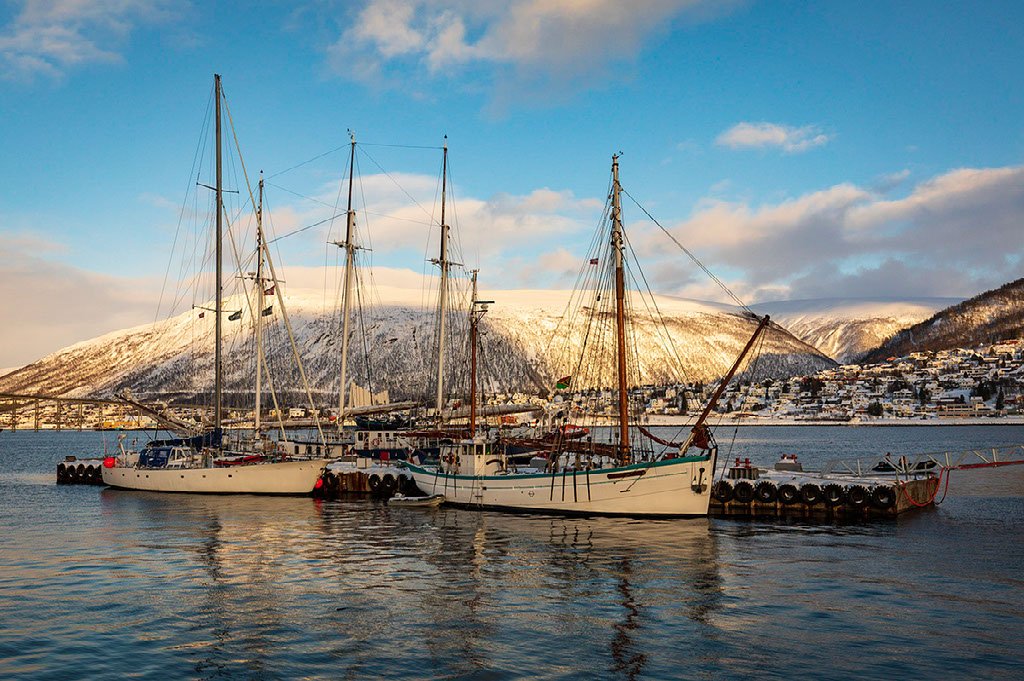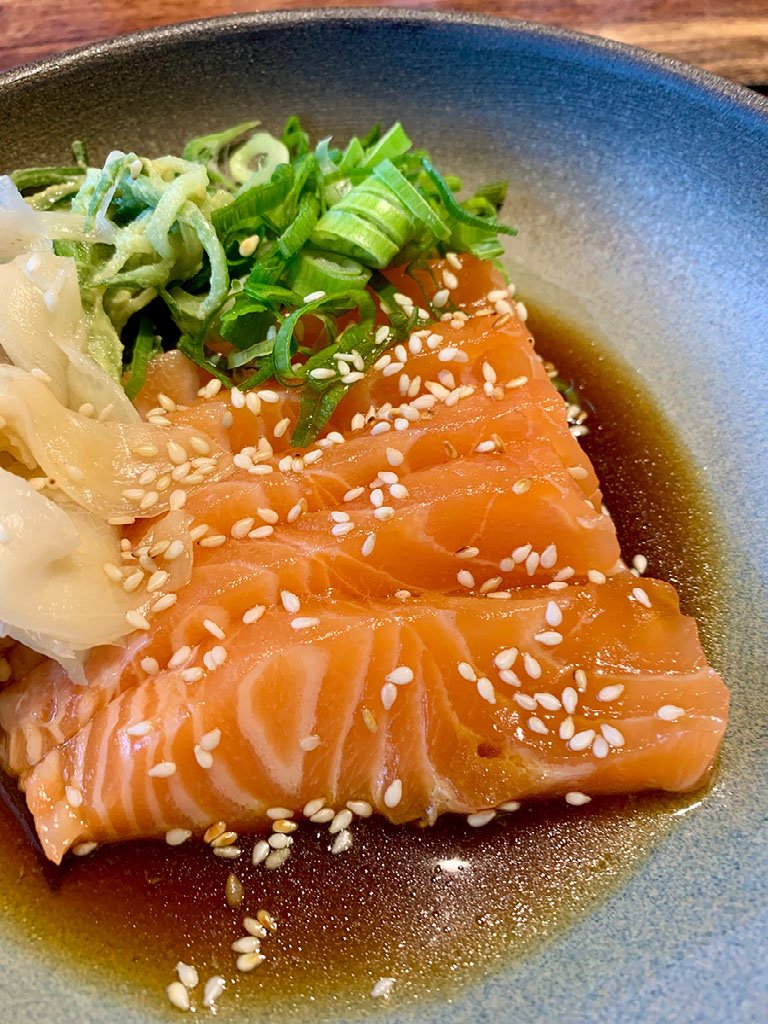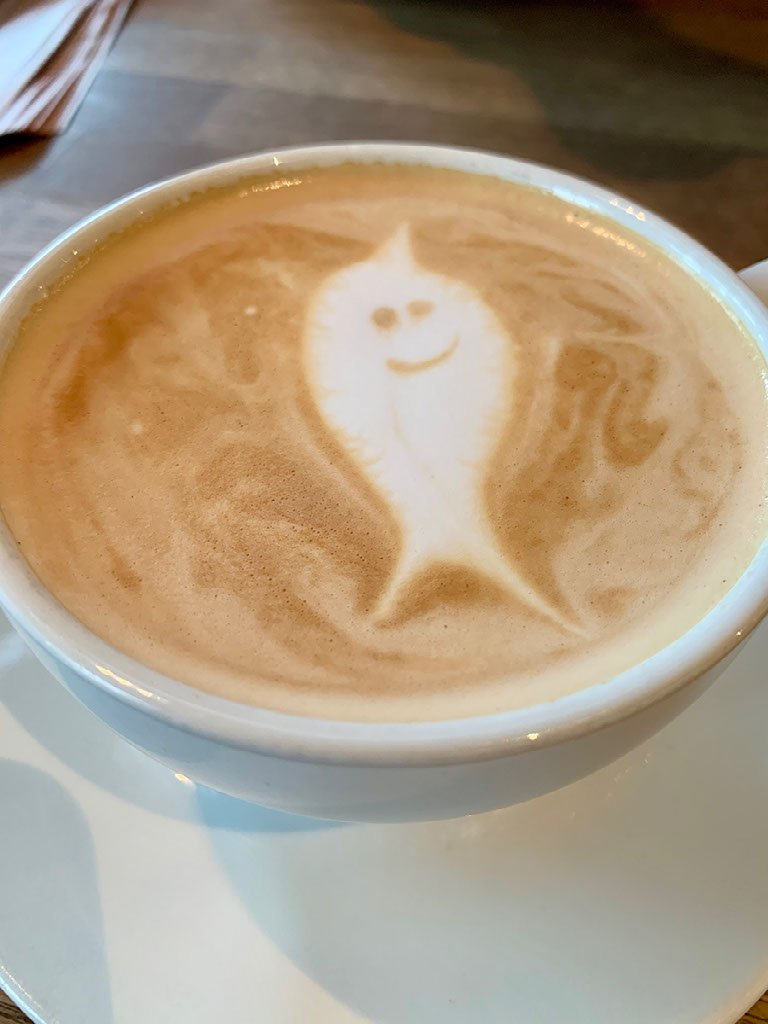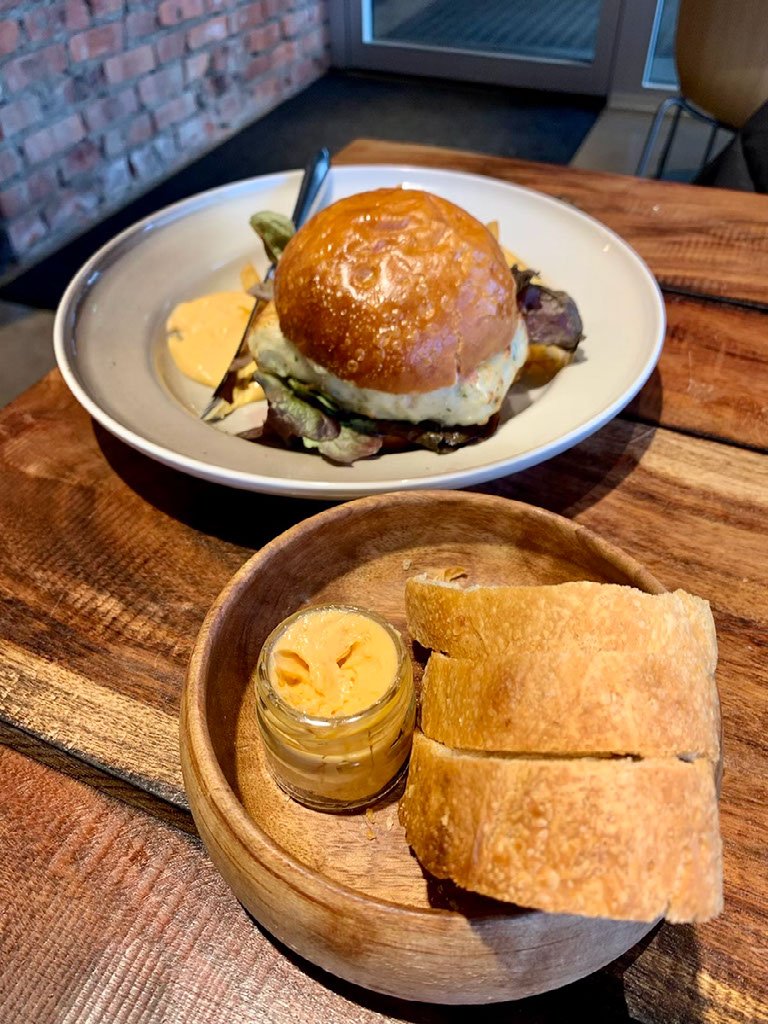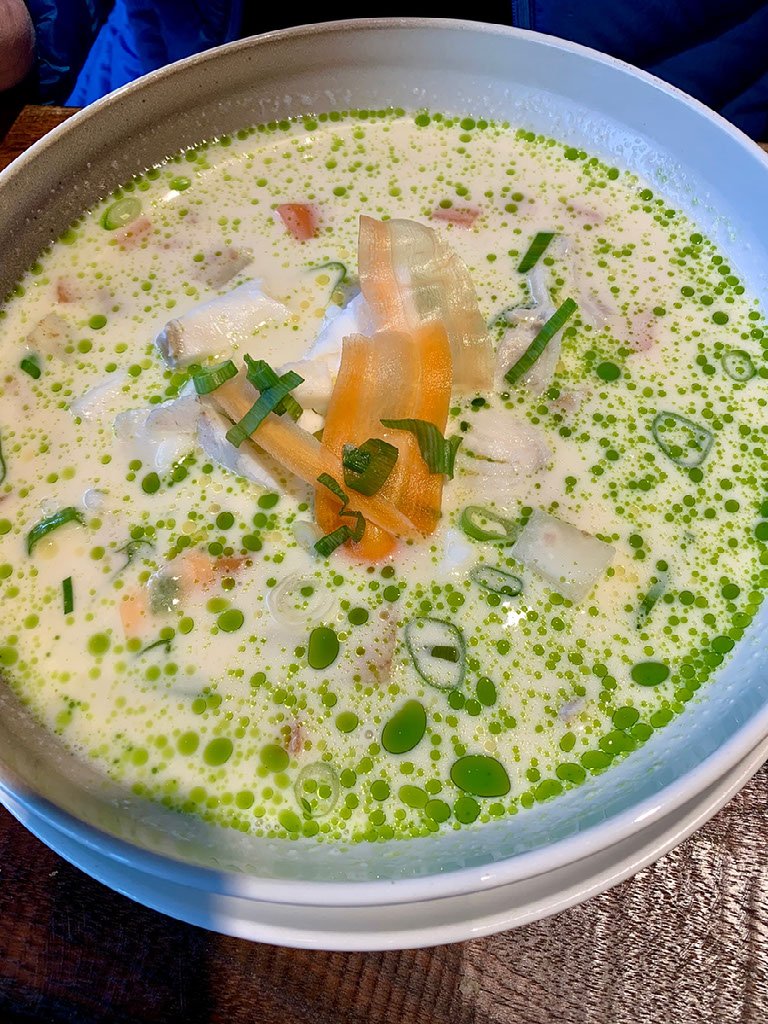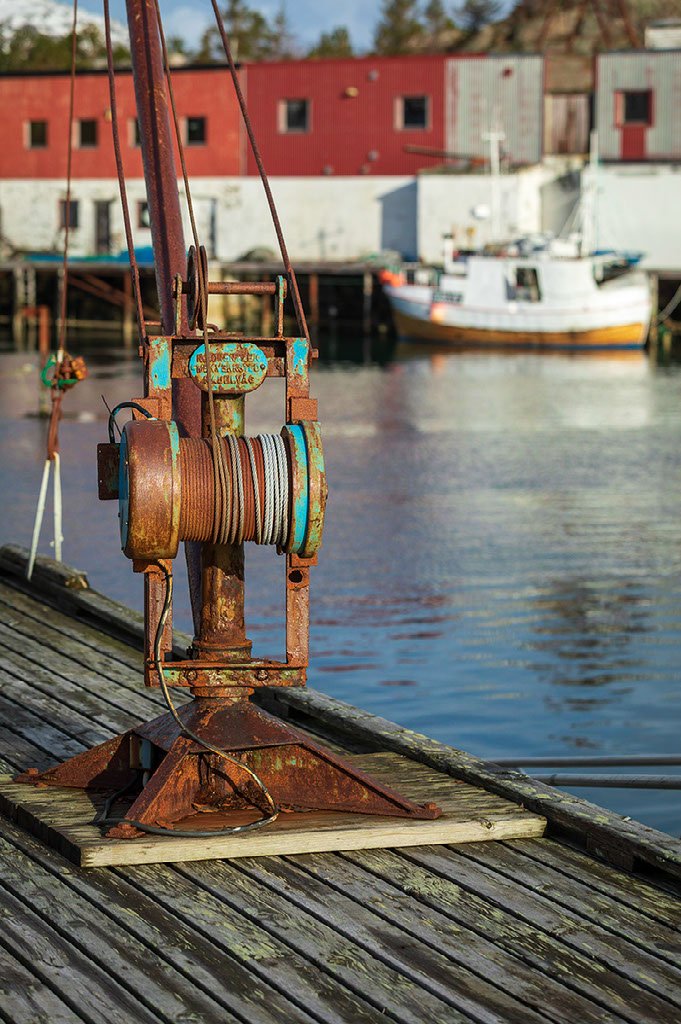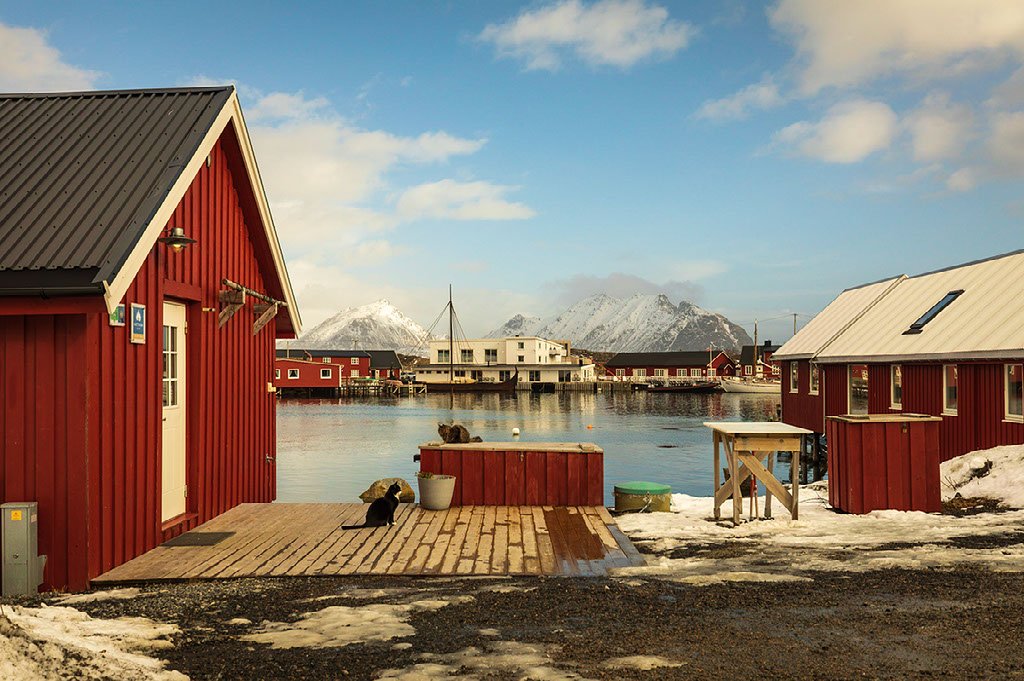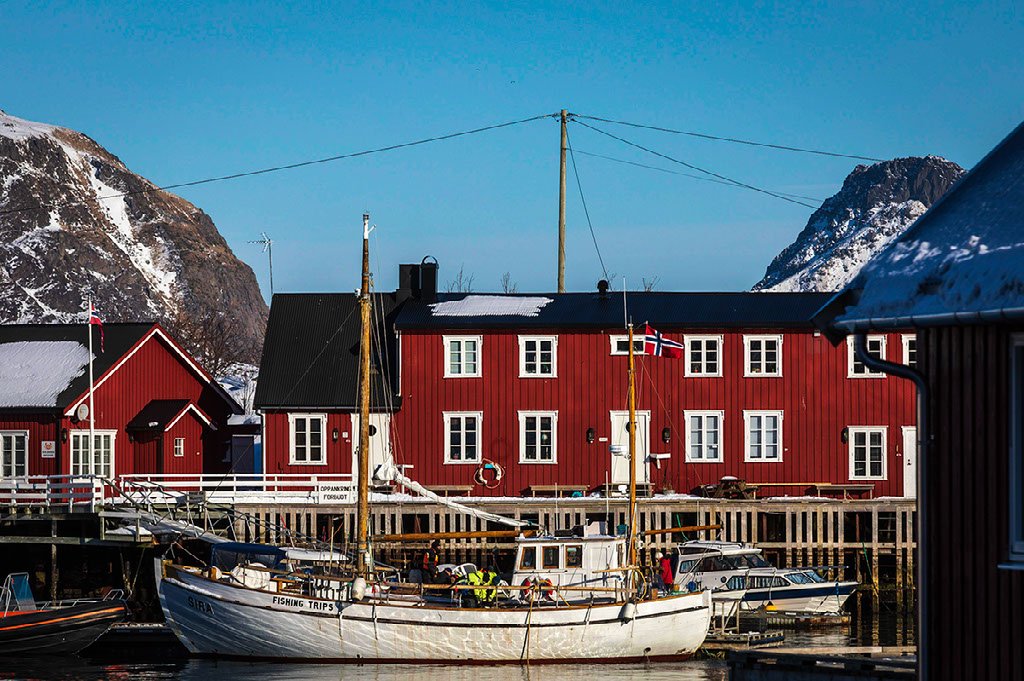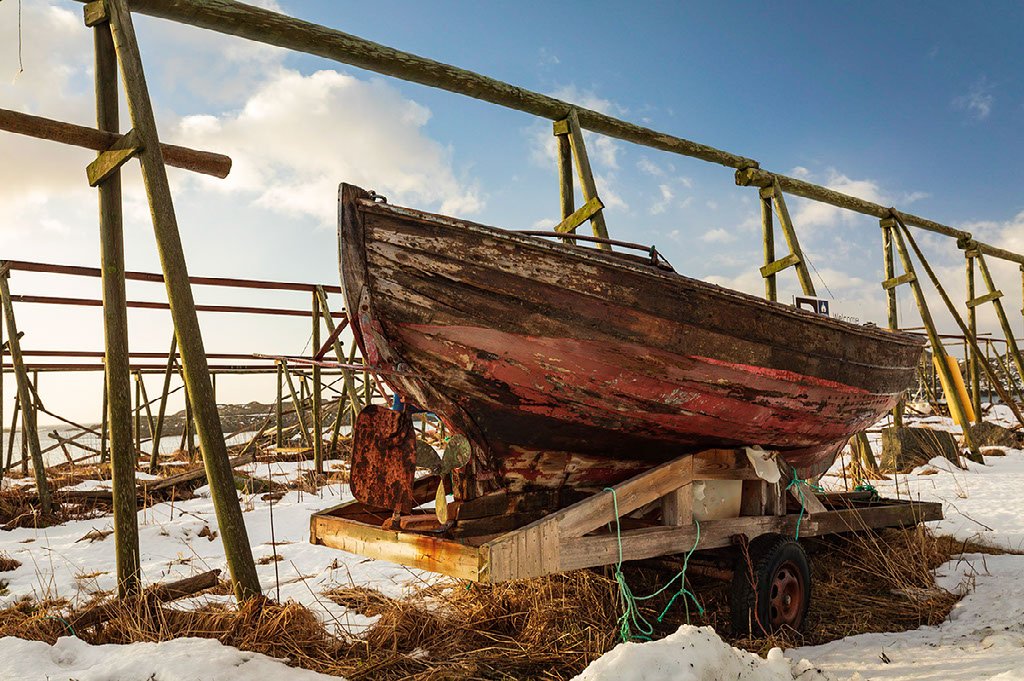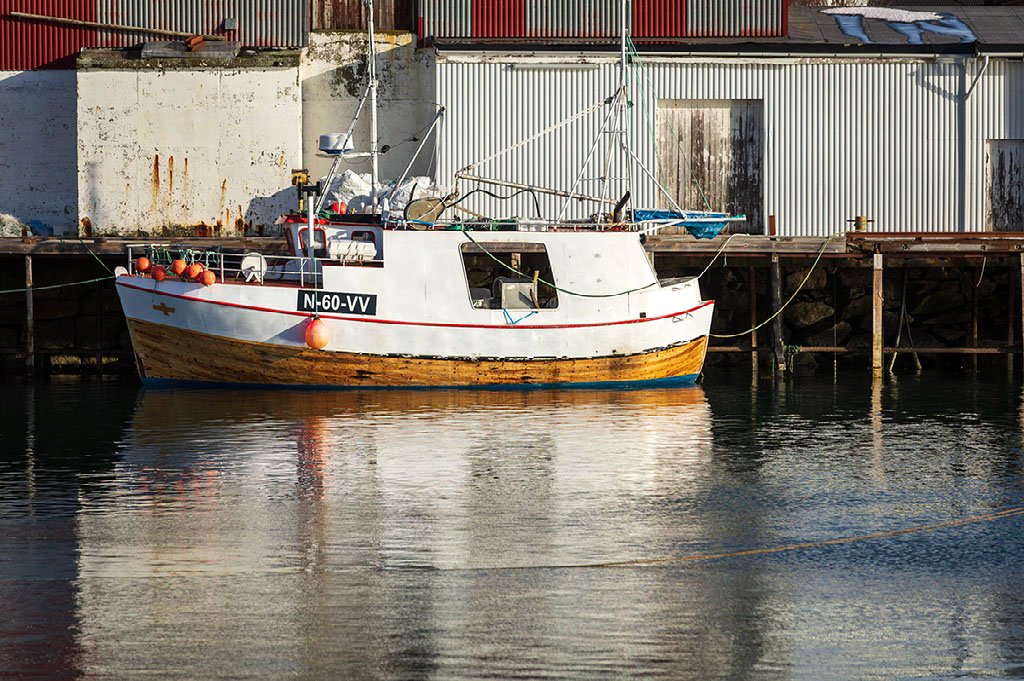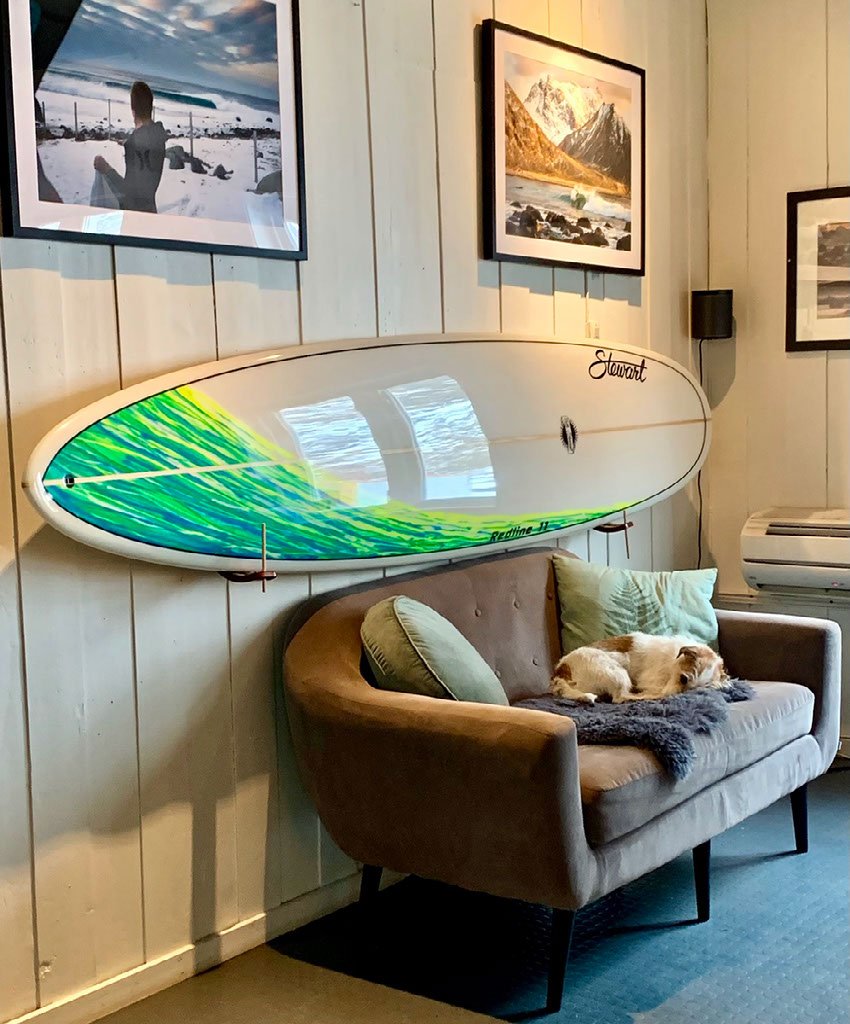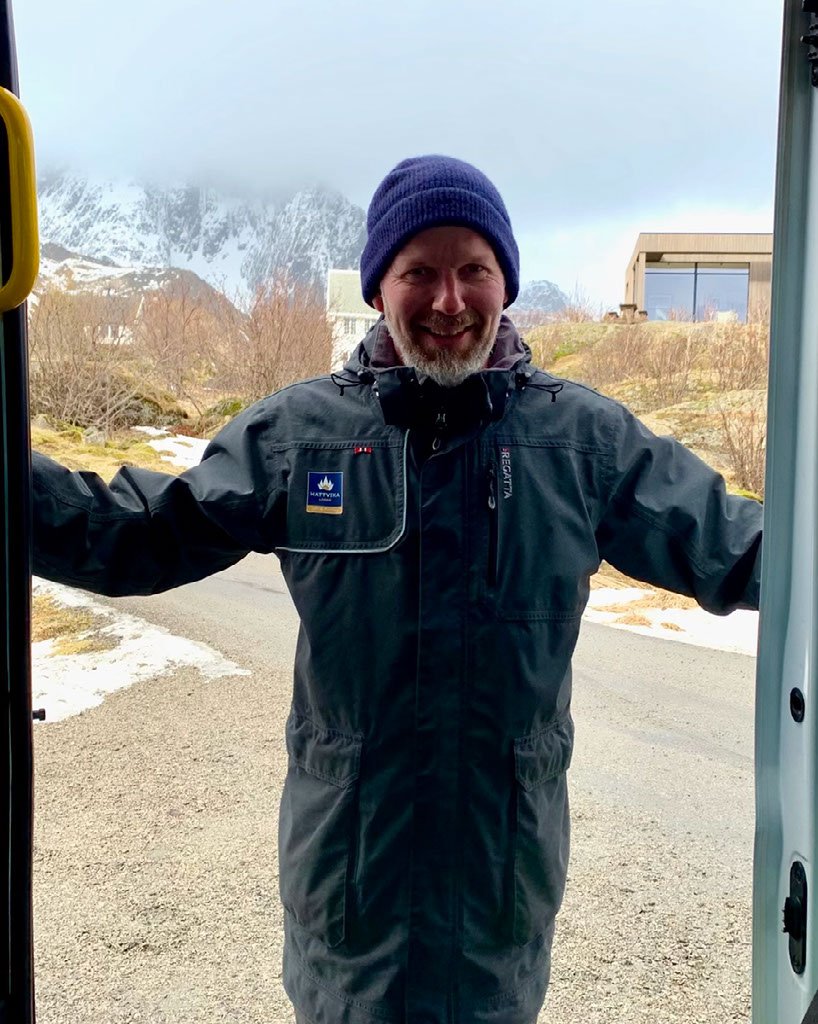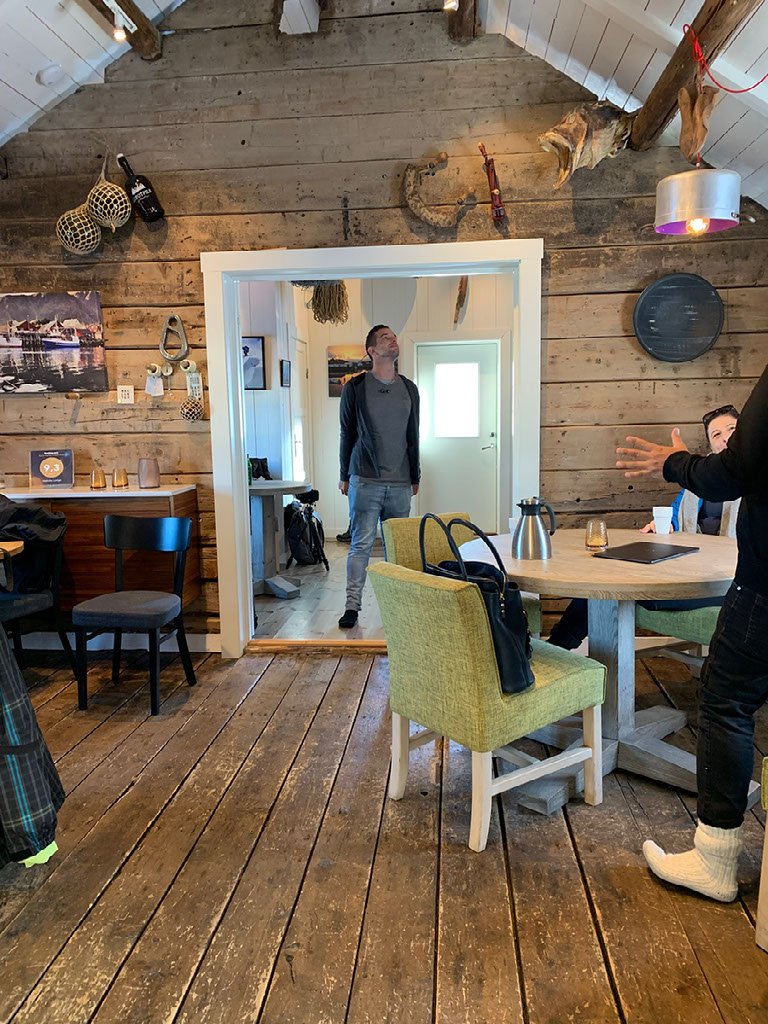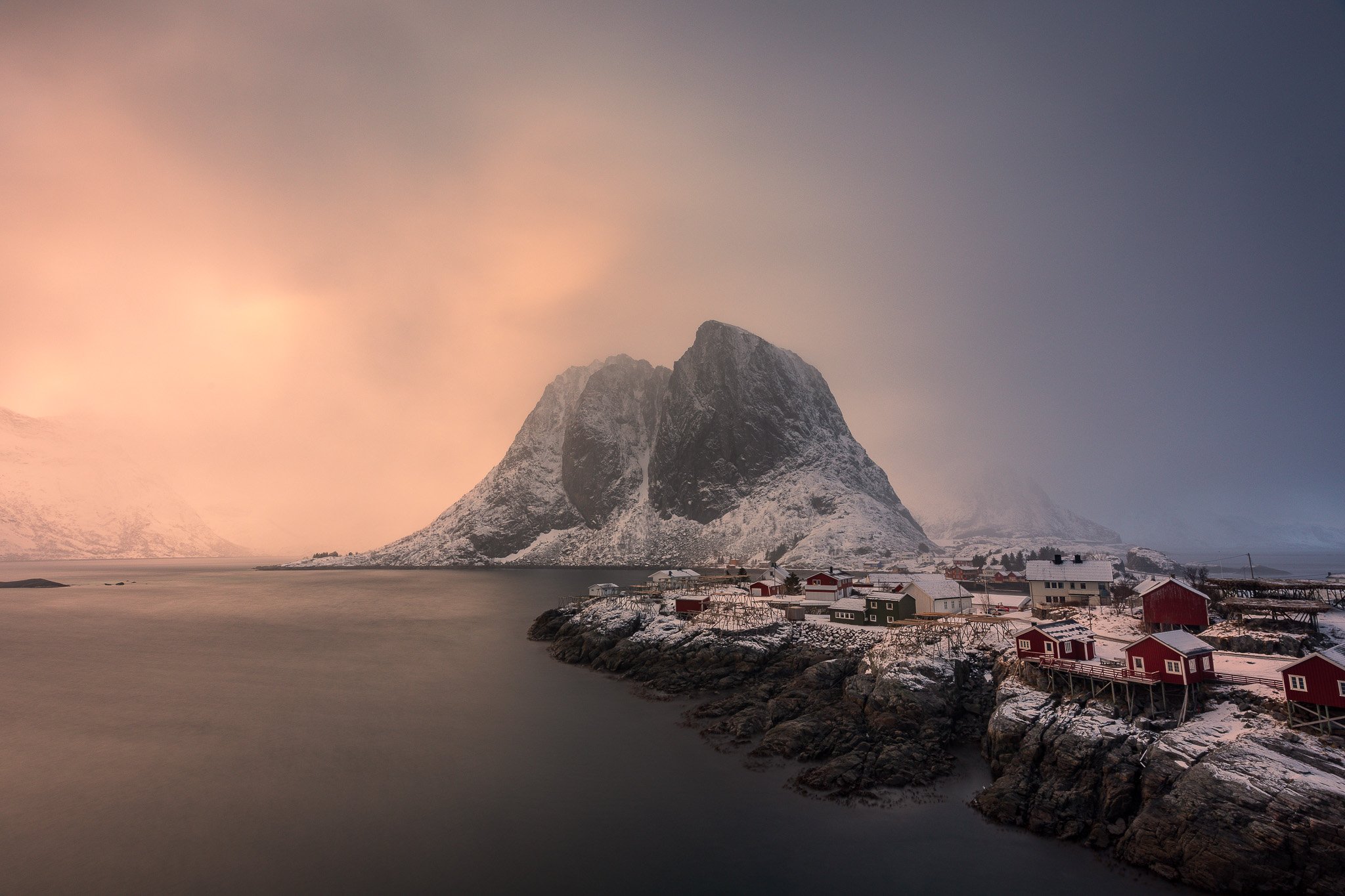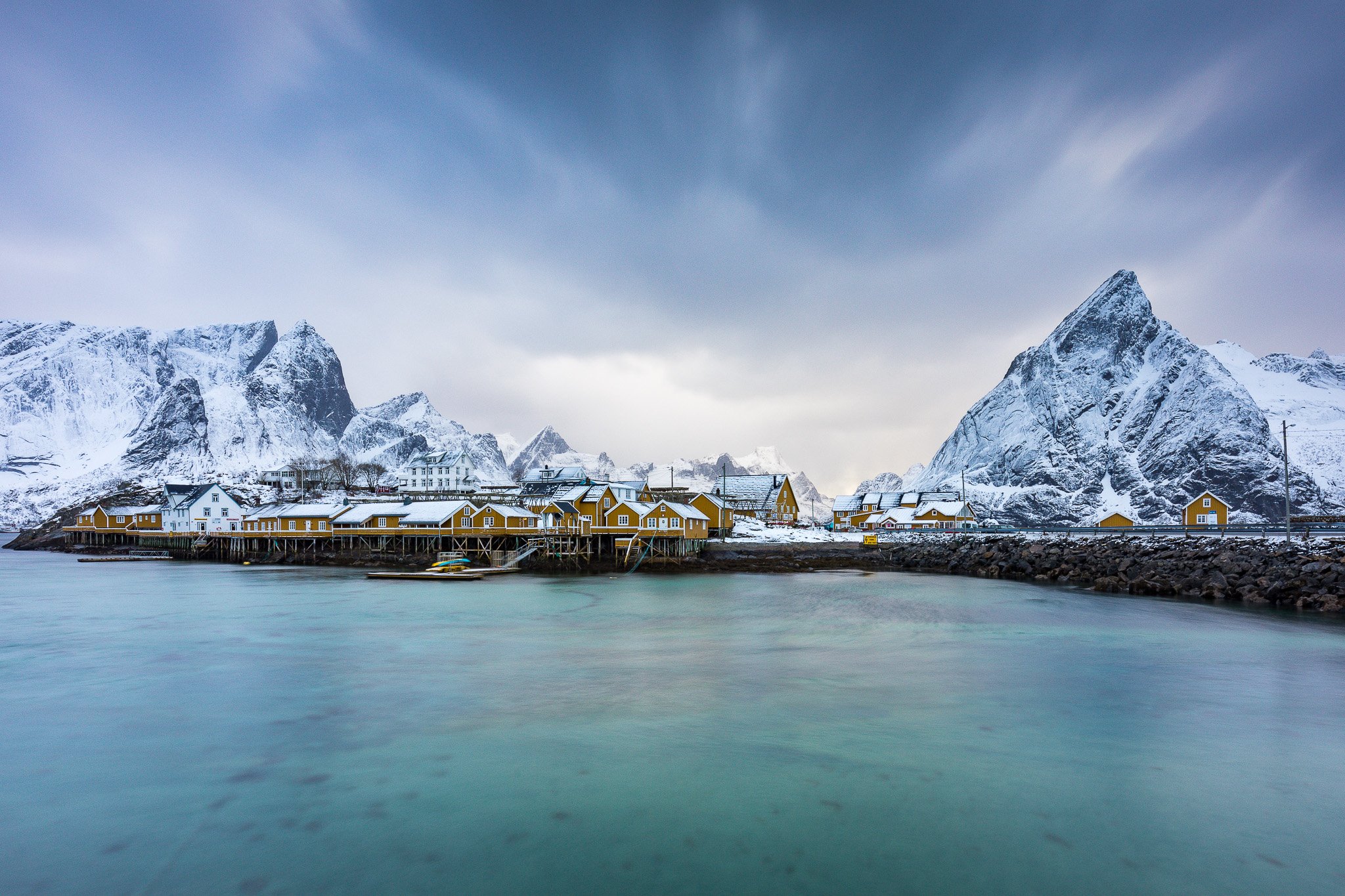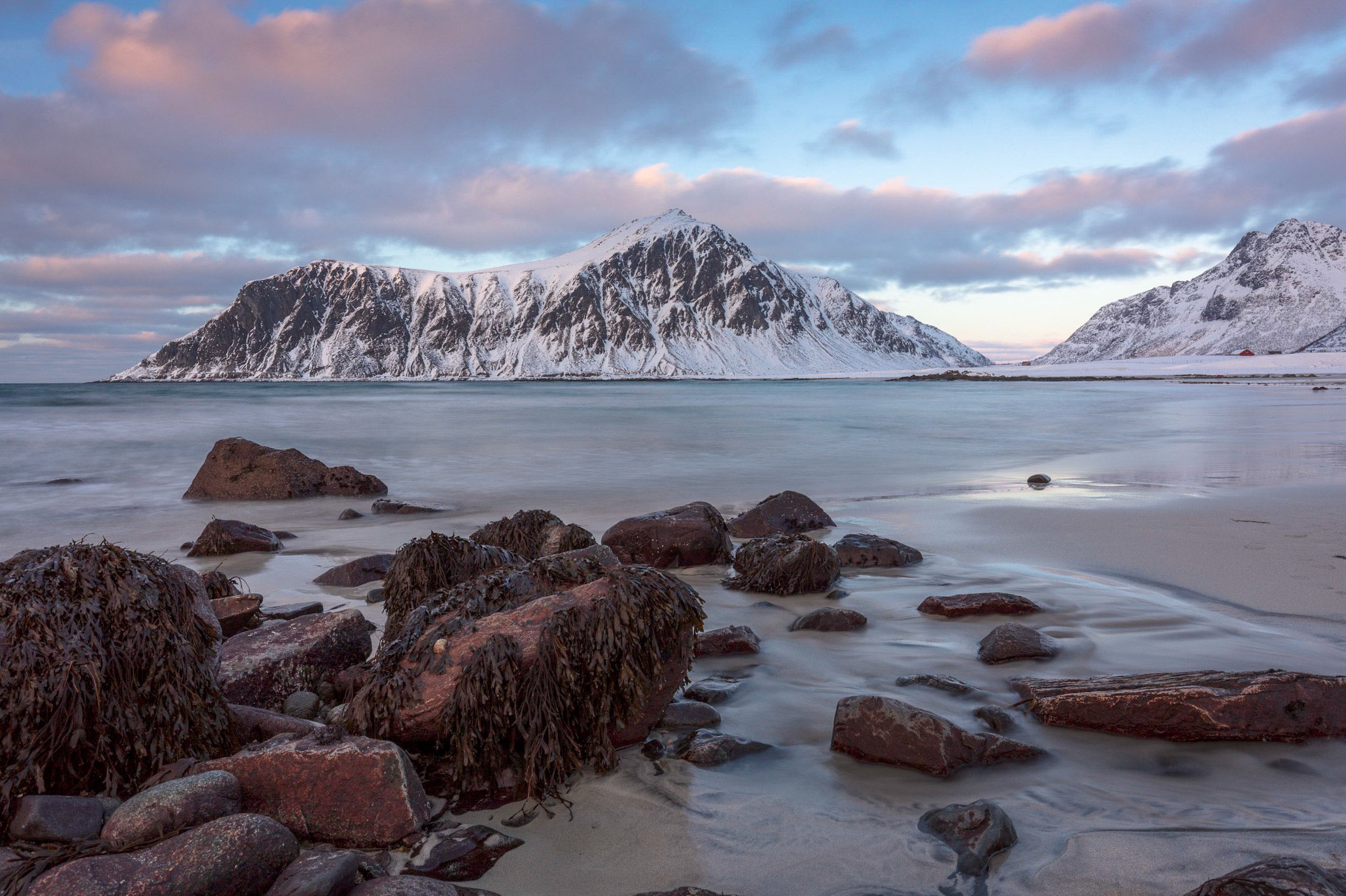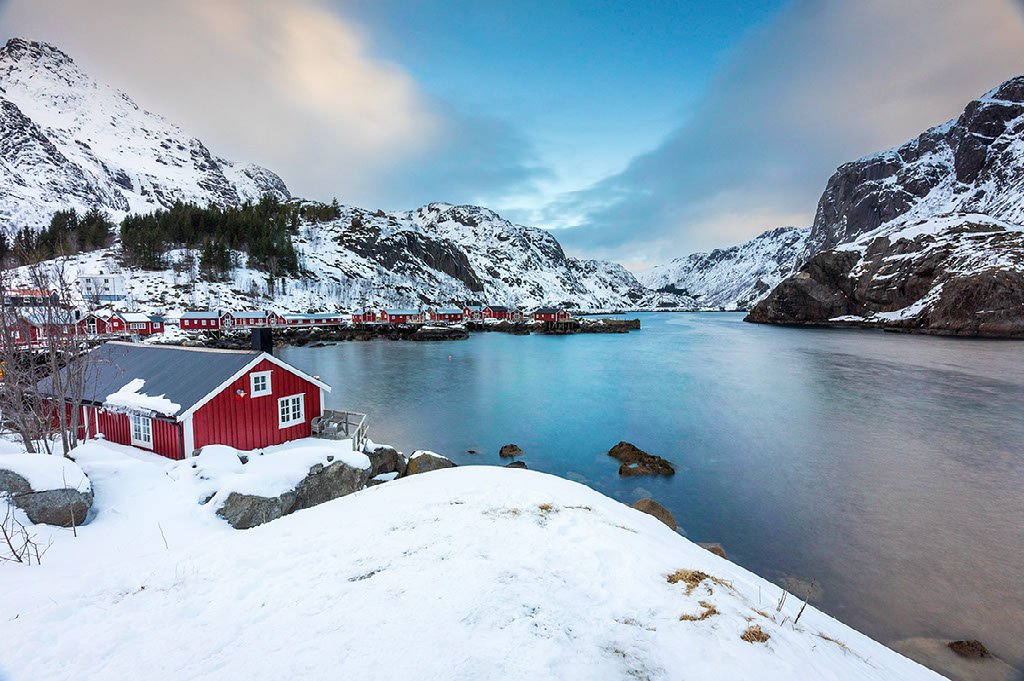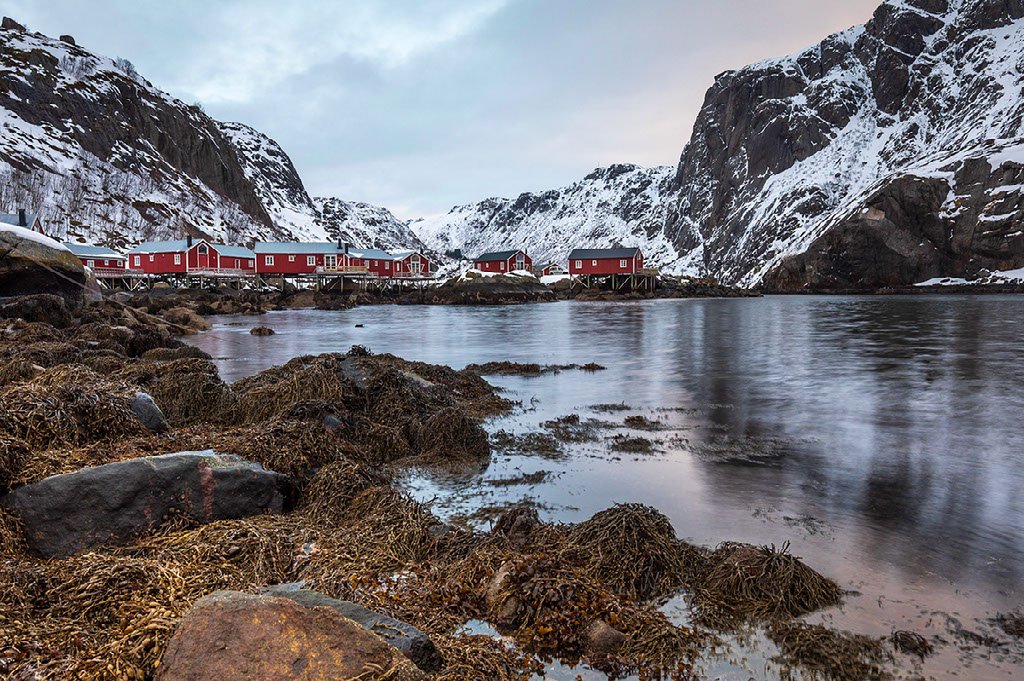My PHOTOGRAPHY & TRAVEL GUIDE TO THE LOFOTEN ISLANDS NORWAY
The Lofoten Islands are one of the best places on Earth for photography. When friends ask me what it's like, I describe it as a mix of the Alps of Switzerland with the Fjords of Norway since you have the Mountains nestled between the waterways.
“The world is a book and those who do not travel read only one page.”– St. Augustine
We were lucky to spend about 10 days in the Lofoten Islands a few years ago. It is one of those places that you cannot forget and you keeping thinking, when can I go back?
For photographers, the Lofotens, offer an endless supply of photography options, with its beautiful rocky coastlines, turquoise water, and striking mountain peaks. In other words, its heaven on earth! No wonder the Lofoten have become a "bucket-list" destination for many photographers.
Once you also add in the quaint old fishing villages, the famous rorbuer (the Red & Yellow Fisherman Houses) and the possibility of seeing the Northern Lights (September-March) it is truly is a dream destination.
The Red Homes of Lofoten
In this latest addition to my Photography & Travel Guides, I will provide my best photography and travel tips so you can have a wonderful trip. I hope you enjoy it!
Where are the Lofoten Islands?
So, where the heck are the Islands located?
The Lofoten Islands, are located in the North of Norway in the Arctic Circle. The Arctic Circle is located above the latitude 66 33′ North.
Most people will begin their trip in Tromsø and drive to Reine where most of the best photography locations are found. On our trip, we first stayed in Oslo for a few days at a hotel called The Thief. We then took the 2.5 hour flight from Oslo to Tromso. In Tromso, we stayed at the Clarion Hotel The Edge.
During summer, the Lofoten Islands are a great place to tour and to view the Midnight Sun. During the winter, it is one of the best places on Earth to see the Northern Lights. Of course, when we were there for 8 nights, we only saw the Northern Lights on the first night of our trip.
Just outside of Tromso is one of the best places in Norway to see the Northern Lights. There are many Northern Light tours that you can take from Tromso. We visited a small fishing town called Oldervik and saw some incredible lights.
How to Get to the Lofoten Islands
There are basically 2 options: drive or fly. We choose to drive, but you can also fly to Evenes, which has daily departures from Oslo. It is, however, a long drive from Tromso to Ballstad, so a good place to overnight is (Harstad). We stayed at a night hotel called Thon Hotel Harstad.
The only thing that you should be aware of is that there will be tons of fantastic photography locations, but they will be difficult to photograph. Why? Because there are so few spots (cut-outs) to stop at along the side of the road. It is so frustrating to see an epic location but not be able to stop and photograph it.
When Should You Go?
There is no wrong time of year to visit the Lofoten Islands. The landscapes change from season to season and sometimes from hour to hour. We visited in mid-March when you still have an excellent chance to see the Northern Lights.
Summer in the Lofoten Islands
Summer is by far the best season for hiking. During the Summer, you will experience the Midnight Sun, meaning that it never gets dark. You basically have golden hour for hours and hours each day. The only thing is that it is hard to sleep when it is still light out.
Winter in the Lofoten Islands
In my opinion, Winter might be a slightly better time to visit the Lofoten Islands. Why? Because there are very few tourists, there is snow... and northern lights!
How Long Should You Stay?
I recommend visiting the Lofoten Islands for at least 7 days. However, if you are driving from Tromso, it is better to add at least 2-3 more days, making it a 10-day Lofoten Islands trip.
How is the food?
While the views are incredible, the food in the Lofotens is average. We were very surprised that it was so hard to get fresh fish in a fishing area. Most of the Salmon is exported.
Where should you Stay?
You will spend most of your trip taking photographs near Reine so its good to find a good hotel nearby.
We stayed at the beautiful Hattvika Lodge which seems to be very popular with photographers. It is located in a perfect spot and the grounds of the hotel are very picturesque.
The owners of the hotel use to work in tech in Oslo before buying and renovating the property. The rooms were very cozy and the location is absolutely perfect.
The funny thing about this location is that it is located right by a major fishing port. One night we walked to a cafe for dinner and wanted to order some fresh fish. It seems Norway exports all the fish overseas and they only had frozen fish sticks. Not what you would expect in a fishing village!
The hotel is located within a 1-hour drive of all the ‘must-see’ photographic locations, so it’s the perfect base. Our restored cabin even included a washer/dryer and mini kitchen.
Be ready for changing weather conditions
It’s important always to be prepared for a change in weather, as it can happen in a matter of minutes in the Lofotens. For that reason, it’s essential to bring the right clothes – especially when being outside for hours. The weather forecast on the Norwegian Weather App YR tends to be very accurate but you need to always be prepared.
The first time we went to Hamnoy, the weather went from Sunny to Blizzard Conditions in about 10 minutes. We were stuck on the Hamnoy bridge with about 40-50 mile an hour winds. People were literally hanging onto the bridge and trying to hold their tripods in place. Very scary!
A lot of times, it would rain, snow, and be sunny within minutes. While we were in Tromso, we went into a Coffee Shop, and it was snowing. Ten minutes later as we left there were Blue Skies. So you can get quite different shots of the same location within just one hour of shooting. So, if the weather is not great, just wait a few minutes, and you might get some terrific light.
What to Pack for a Photography Trip to the Lofoten Islands
You should always keep in mind that you are above the Arctic Circle, and you should dress accordingly. We were there in late Winter, so my packing list is geared towards visiting in the winter. Click on the link below for a complete packing list.
Photography Gear Recommendations
Traveling to the Lofoten Islands can be demanding in terms of camera gear, so let's go through what is absolutely necessary to bring versus what is recommended and what is not going to be helpful at all up there.
My Canon R5 camera. Any good DSLR or mirrorless camera will work with Canon R5, Nikon Z7, Fuji, etc.
A wide-angle lens 15-35mm to photograph landscapes has at least one lens in the range of 15mm to 35mm. You could also use this lens for Astro Photography. You’ll often find yourself shooting huge mountains from a close distance.
If you visit Lofoten during the Aurora season, then I highly recommend that you take a wide-angle lens with an aperture of f/2.8 or faster so that you will not have to raise the ISO too much when shooting at night.
A medium telephoto, such as 70-200mm. With this lens and the wide-angle one, you’ll be covered. You could also bring a 24 -70mm, or 24- 105mm.
A good, sturdy tripod is windy, so a light tripod can topple over. You don’t want to travel up to the Lofoten Islands to lose everything after the very first gust of wind. During our trip, one of the photographers almost lost his tripod when the winds picked up.
Neutral-density filters (3, 6, and 10). You will be shooting near water a lot, which means longer exposures, so having an ND filter is a good idea. I have found myself using Neutral Density (ND) in the Lofoten Islands.
Bring microfiber cloths - Most of the must-see photography locations of the Lofoten Islands are situated along the coastline. Microfiber cloth is super cheap but extremely useful in removing water droplets from your lens.
Spare batteries - Bring enough spare batteries! The cold temperatures in Lofoten will drain your batteries quickly. Your batteries will also drain quickly when shooting longer exposures or photographing the Northern Lights at night. I usually keep a few spare batteries in my pocket so they stay warmer.
What to Photograph in The Lofoten Islands
You can Download My Google Map of Photography Locations in Lofoten Islands here. There are literally tons and tons of great locations. Here are a few of my favorites:
Hamnøy-
Hamnøy is probably the most iconic location to shoot in the Lofotens. It is also the photo that inspires so many photographers to venture into the Archipelago.
The "classic shot" is taken from the bridge that connects Hamnøy to Sakrisøy. It is not hard to find because there will be a lot of photographers on the bridge. It is both a sunrise & sunset location. We tried both times, and it was amazing. The sun will rise from behind you, and you will get the golden light all over the mountain and the cabins.
If you stand on the bridge for an hour, you will see how much the weather changes and how it will affect your photo.
About 30 minutes after the image above
Sakrisoy -
Sakrisøy is a village next to Hamnøy. It’s maybe a 2 to 3-minute drive at most.
Like Hamnøy, it’s a beautiful spot to capture the cabins with mountains in the background. One thing you will notice is that the cabins are yellow, not red. The other thing that you will smell immediately is the Cod hanging to dry. It is a smell that you will never forget. Trust me :)!
Reine
Reine is the main city of the southern part of the Lofoten archipelago. It is very picturesque. It’s just 3 km from Sakrisøy.
The main viewpoint of Reine is from the bridge that you cross as you enter the town. There will also be lots of photographers at this spot, so it will be easy to spot.
Haukland and Uttakleiv Beaches -
These two beaches are right next to each other. This was one of my favorite spots to shoot. One of the classic photos is the "Dragon Eye," as you see in the photo below.
Dragon Eye
Most photographers will go down to the rocks and take long exposure photos with the waves. Be careful. A lot of the rocks are covered with algae and are very, very slippery. We saw a few photographers fall down. If you go down to the rocks, try to capture the 'Eye of Uttakleiv' – or Dragon's Eye.
I would definitely recommend using a wide angle lens on this beach
Haukland beach, there are a lot of foregrounds such as sea waves, sand textures and rocks to play with, which is perfect for using a wide-angle lens. There is also a huge mountain that goes right into the sea, so it’s popular for a reason.
Skagsanden Beach -
Skagsanden is probably the most famous beach of the in the Lofotens. I loved taking photos with reflections in the sand. It is an incredible location for Northern Lights.
Here is a photo at sunset
Unstad Beach -
If you’re a photographer who also loves surfers, then Unstad Beach is the place for you. I was so impressed to see people go into the water in March. It was FREEZING!!! There is an amazing restaurant called the Arctic Surf that has one of the best cinnamon rolls I have ever tasted :)
Nusfjord -
Nusfjord is one of Lofoten’s most well-preserved fishing villages.
This is a beautiful town to walk around and see the yellow and red cabins.
Myrland Beach
This was one of the first locations that we photographed. It is a bit of struggle to get down to the beach. But once we were on the Beach we were the only ones there. It is definitely fun to play with long exposures on this beach.
I hope you have found this Photography Guide to the Lofotens useful. You can find my other Photography & Travel Guides by Clicking on this Link
Here is My google Map Location for the Lofotens






